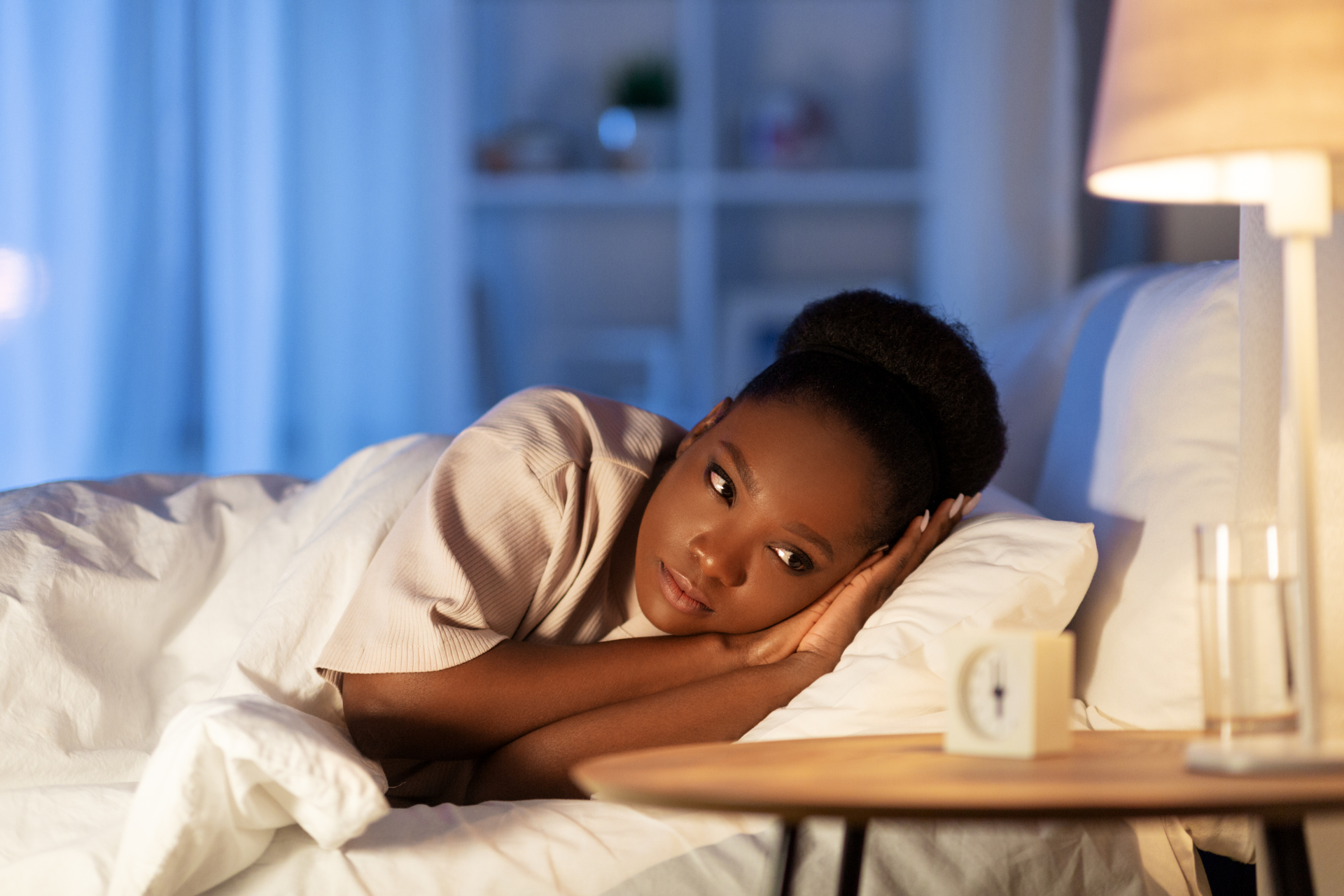Sleepless Nights? Natural Remedies for a Restful Night's Sleep

Do you find yourself tossing and turning in bed, unable to drift off into a peaceful slumber? You're not alone. Sleep is a crucial component of overall health and well-being, yet many individuals struggle with getting a good night's rest. At Fall Creek Skin and Health Clinic, we understand the importance of quality sleep in maintaining healthy skin and a strong immune system. If you're tired of counting sheep and seeking natural remedies for a restful night's sleep, read on for some helpful tips and techniques.
1. Establish a Relaxing Bedtime Routine
Creating a calming bedtime routine can signal to your body that it's time to wind down and prepare for sleep. Consider incorporating activities such as reading a book, taking a warm bath, or practicing relaxation techniques like deep breathing or meditation. Avoiding stimulating activities like watching TV or scrolling through your phone right before bed can also help quiet your mind and promote restful sleep.
2. Use Aromatherapy
Harness the power of aromatherapy to promote relaxation and induce sleep. Scents like lavender, chamomile, and cedarwood are known for their calming properties and can help create a serene environment conducive to sleep. Consider using a diffuser with essential oils or incorporating scented candles in your bedtime routine to promote a sense of tranquility and peace.
3. Create a Restful Sleep Environment
Your bedroom plays a crucial role in promoting restful sleep. Make sure your sleep environment is conducive to relaxation by keeping your room cool, dark, and quiet. Invest in comfortable bedding and consider using blackout curtains or a white noise machine to block out any distractions that may interfere with your sleep.
4. Practice Relaxation Techniques
Relaxation techniques such as progressive muscle relaxation, guided imagery, or gentle yoga can help calm your mind and body, making it easier to fall asleep. By releasing tension and stress, you can create a sense of peace and tranquility that promotes restful sleep. Incorporating these practices into your bedtime routine can help signal to your body that it's time to relax and unwind.
5. Try Natural Sleep Aids
If you're looking for additional support in achieving a restful night's sleep, consider trying natural sleep aids like melatonin, valerian root, or magnesium. These supplements can help regulate your sleep-wake cycle, reduce anxiety, and promote relaxation, making it easier for you to fall asleep and stay asleep throughout the night. Be sure to consult with a healthcare provider before incorporating any new supplements into your routine.
At Fall Creek Skin and Health Clinic, we understand that quality sleep is essential for maintaining healthy skin and overall well-being. By incorporating these natural remedies and techniques into your bedtime routine, you can create a peaceful environment that promotes restful sleep and rejuvenation. Prioritize your sleep health and watch as your skin, immune system, and overall health thrive with each restful night's sleep. Good night and sweet dreams!




